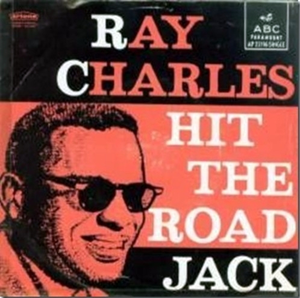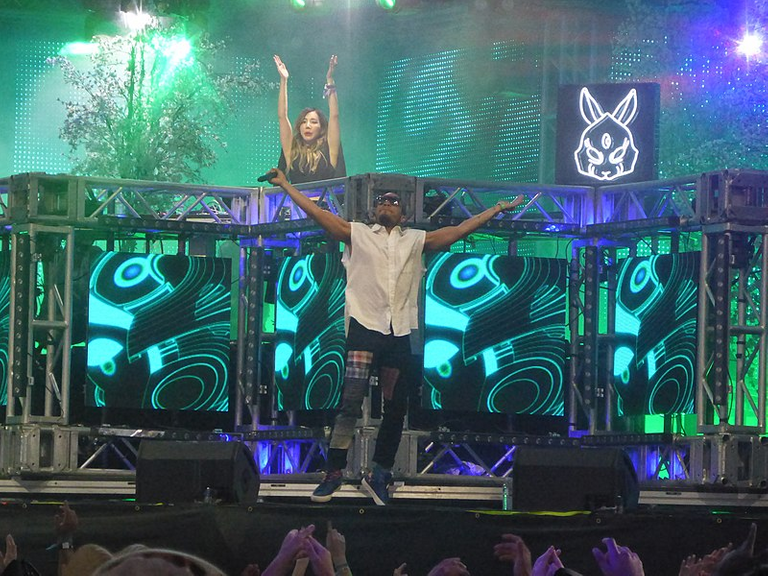Moyamoya disease- A Real life story
In my post last week I discussed music and animals and how rhythm was not really what animals are successful at understanding. In that post, I talked about the two successful animals that managed to follow the rhythm, Snowball and Ronin.
We also analyzed how birds can follow melodies but can not once the key is changed.
Only humans
In the club of understanding music, responding to it physically with dancing, producing it on multiple keys and scale, and having emotional responses only humans have been able to reach this height.
Music as a Language
From what we know about western music, Major scales typically have a happy emotion attached to them. If you have listened to toa sad American song and you have a knowledge of music, you will realize what I am saying to be true.
Frank Ocean- thinking about you
Rihana featuring Mikky Ekko- stay
These are just a few that are on my mind that explains just how the minor scale can add that effect to the music.
But for Balinese people, the major scale in their music is typically interpreted as sad and is used in burials.

History and music
Over centuries, what we know as music today was built and made to have meaning to each and every one of us.
Take this for example
- Moneteredi Lamento Della not in the 1600s has been reproduced in many instances in history.
- Ray Charles used the same melody in 1961 in his song hit the road.

Boy Daylan in 1962 used the same melody in his song house of the rising sun.
Feeling good in 1965 also followed the same pattern.
- Why my guitar gently weeps by the Beatles was also another example of the use of this pattern that first started in the 1600.
So we can say that when we listen to music we can interprete it immediately knowing how it makes us feel.
In this post, I will continue discussing music through a case study of someone who was actually affected by the disease known as Moyamoya.
Moyamoya
Moyamoya is a chronic degenerative disease of the arteries of the brain that causes them to shrink leading to seizures and stroke.
The name Moyamoya is Japanese and means a puff of smoke.
Symptoms
- Transient Ischemic Attacks or mini-strokes
- Epileptic seizures
- Hemiparesis
- Difficulty thinking or remembering
- Other neurologic symptoms like paresthesia and aphasia
Usually take place in patients with this disease.
Risk Factors
The factors that increase the chances that it is Moyamoya are if the patient is female and she is of Asian descent.
Diagnosis
Typically the diagnosis of this disease can not be made without an image of the brain. The main imaging of choice in a suspected case is Angiography.
Other imagining techniques will show areas of affectation such as when an MRI is done or when a brain CT is done. The electrical activity of the brain can also be seen with an electroencephalogram.
Treatment
The symptoms are first managed with Blood thinners to handle the hemodynamic (blood flow) components of the disease and prevent cloths from blocking the arteries and antiseizure medication to handle epilepsy.
Surgery is done after close monitoring of the progression of the disease. The surgery done is revascularization.
TOKiMONSTER
TOKiMONSTER is an electronic beat producer and understands music to a level that gives her worldwide recognition and attention.
In September 2017, she narrated her ordeal with Pitch Fork blog of how she could not understand music after her surgery.
She explained that she could not walk but not being able to understand music also meant that she could not produce music...a very important part of her life.
After the surgery, she said music appeared to be just noise.
To think about this, it's just like when some parents say this same exact thing about hip hop or hard rock. They do not understand the rhythm.
She was diagnosed with Moyamoya by the end of 2015. Her initial symptoms were migrains.
When an MRI was done to aid the diagnosis, they saw artries that were shrunken up to 60% of their normal size. It was only suspected that she might be dealing with Moyamoya.
The doctor advised for close monitoring of the disease progression and in December 2015 she was being prepared for surgery against January after she had complaints of not being able to feel her legs (Parasthesia).
When She had regained about 90% of her speech she tried producing music and trying to understand music but she could not understand a thing. She tried pushing herself the same way she did when she tried to regain speech but it did not work.
She gave herself some room to readapt to her current situation and by April of that same year, she was performing in Coachella in front of a crowd of 15,000 people.
She kept her story hidden because of the way people have a tendency to misuse information about celebrities, but in 2017 she spoke to raise awareness on the condition and to show others that they can make it through too.
This post
This is a continuation and the ending of my posts about music. I hope you learned a lot from all I have been trying to teach.





Dope write up
Thanks bro
So, basically, you are saying Tokimonster was able to produce tunes even though he did not understand them? I am trying to make some deductions from your article
She was later able tp retrain herself and redevelope her music abilities..abilities that could be lost after brain surgery.
This is something intriguing you touched upon. Do you happen to know, if she was able to deal with the more monotonous types of 'music', like African drums, or dance styles like minimal techno? I also wonder if other types of sounds, like a single tone, birds signing, or even human voices, was something difficult for her to grasp. Wondering as well how she was able to retrain herself again and if the quality of her music is at least the same, better, or worse compared to before the illness and surgery? Maybe I shall read the linked articles at the end of your post :)
Great read!
If you check on Youtube, you'll see that she is currently fully back into music.
According to her article on Pitch Fork, she said that she could not understand basic language.
Well, one can only assume that she got worse...but from what I've listened to, she's has only gotten better.
🙇
lol!!🙇♀
Do you want to get involved? Do you want to support music and this project? Follow us to keep you updated and read our Introduction post!
🎶 Join us on our Discord Server! 🎵
Thank you very much!
Thanks for your contribution to the STEMsocial community. Feel free to join us on discord to get to know the rest of us!
Please consider supporting our funding proposal, approving our witness (@stem.witness) or delegating to the @stemsocial account (for some ROI).
Please consider using the STEMsocial app app and including @stemsocial as a beneficiary to get a stronger support.